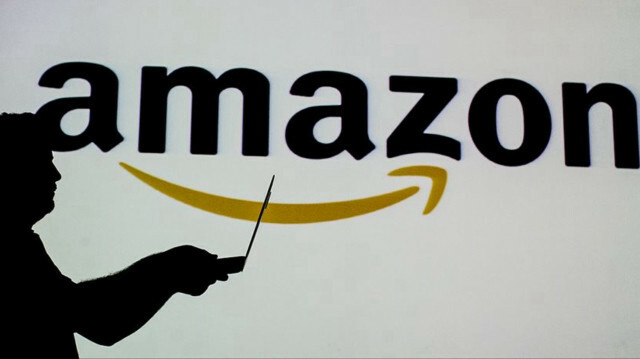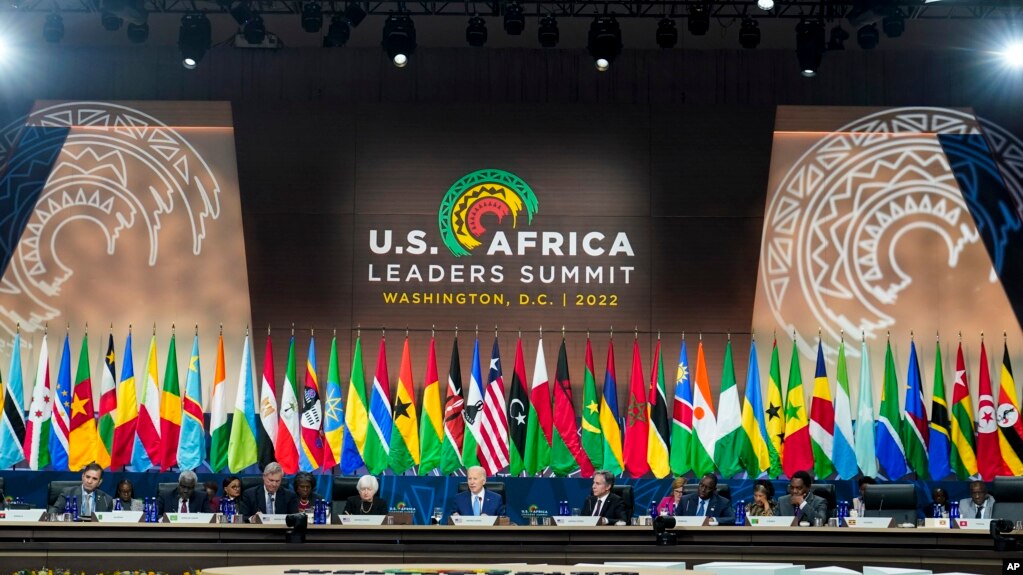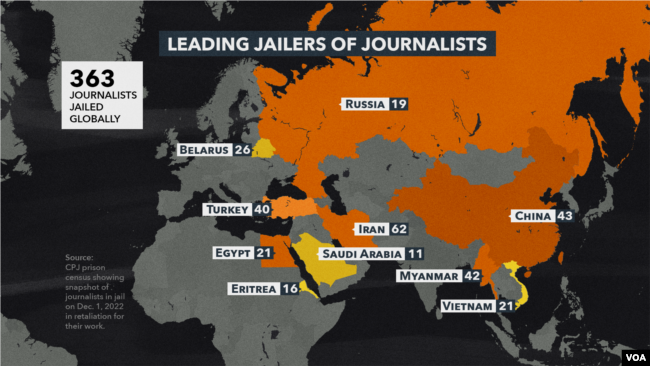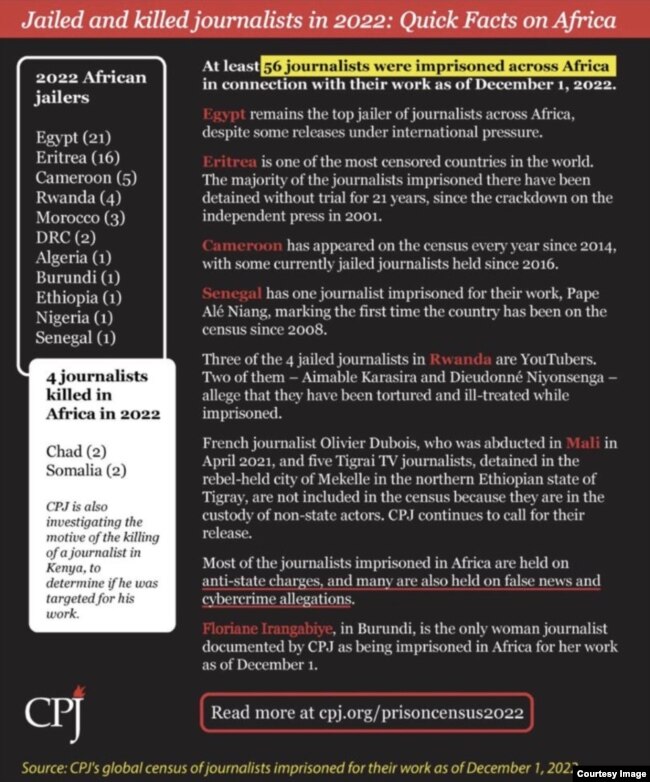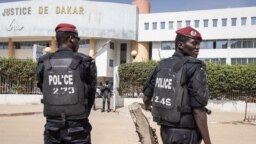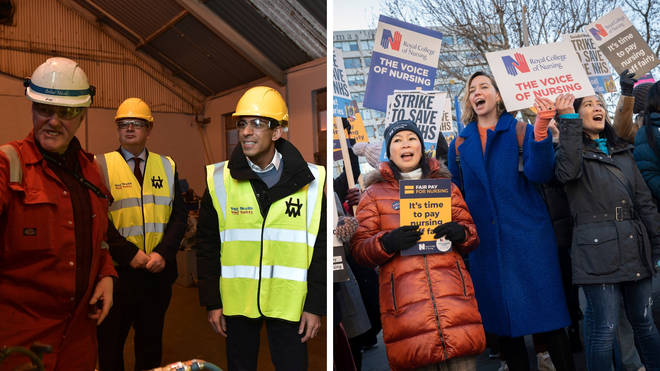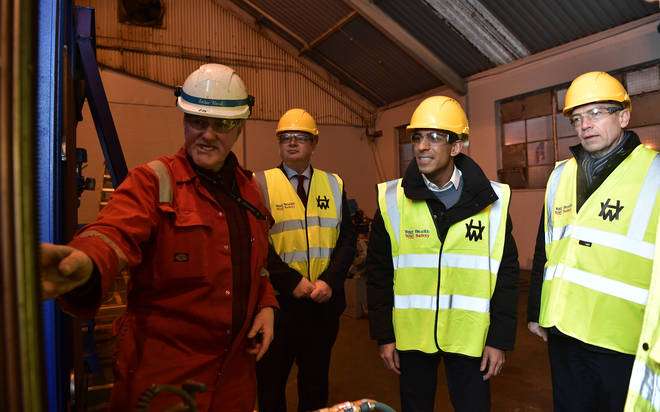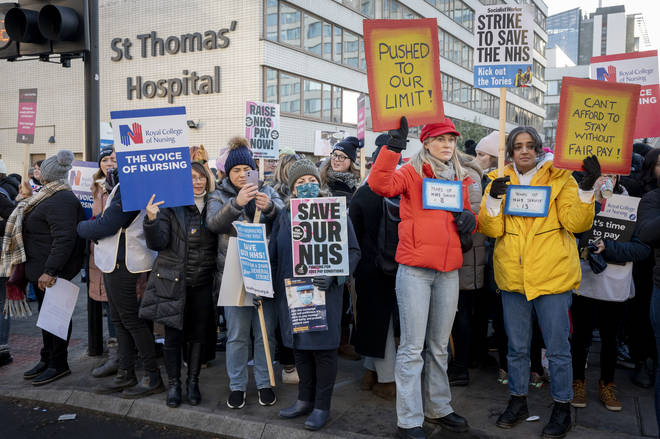The impact of the US vaccination program on reducing infections, hospitalizations, and deaths
A recent study by The Commonwealth Fund reported that in the two years following the initiation of the United States (US) coronavirus disease 2019 (COVID-19) vaccination campaign, over 18 million hospitalizations and three million deaths have been prevented, and close to $1.15 trillion have been saved in medical costs.

Background
The rapid development of COVID-19 vaccines has successfully limited the severity of the disease and significantly reduced the number of hospitalizations and death worldwide.
In the US, in the last two years since the initiation of the COVID-19 vaccination campaign, close to 80% of the country’s population has received a minimum of one dose. With the emergence of novel variants exhibiting immune evasive properties, the US has also approved the administration of booster doses specific for these variants.
Although the bivalent vaccines, which were more effective against the Omicron variants, had not been introduced at the time, the monovalent vaccine coverage has significantly reduced the number of deaths and the burden on hospitals during the dominance of the Omicron variant in the US.
About the study
In the present study, the researchers used a computer simulation model to evaluate disease transmission in different scenarios and estimate the number of hospitalizations and deaths that have been prevented after the initiation of the vaccination campaign. Risk factors, demographic information, and immunological interactions during infections and vaccination were incorporated into the model.
Additionally, parameters such as the waning of vaccine-induced or natural immunity, as well as characteristics of different severe acute respiratory syndrome coronavirus 2 (SARS-CoV-2) variants, were included in the model.
Five variants, apart from the original Wuhan-Hu-1 strain, that had a cumulative prevalence of 3% or more in the population were integrated into the model, including Iota, Alpha, Delta, Gamma, and Omicron.
The model also used data on comorbidities, changes in social restrictions during the pandemic, the age-based expansion of vaccine coverage, and the number of vaccine doses administered daily in the US.
Published data on the efficacies of various vaccines against infection, disease severity, and symptoms were used for the simulation. The simulations were performed for scenarios reflecting the actual vaccination coverage and pandemic conditions in the US and compared to scenarios without vaccines.
Major findings
The simulation results indicated that in the two years since the US initiated the vaccination campaign, the number of COVID-19-related hospitalizations and deaths averted were more than 18.5 million and 3.2 million, respectively. The country also saved approximately 1.15 trillion US dollars that would have been incurred as medical costs if the number of infections and hospitalizations had not decreased.
The study reported that the prevention of severe COVID-19 cases through widespread vaccine coverage had also eased the burden on the healthcare system, which was already under the strain of unusually high incidences of respiratory syncytial virus infections and the flu.
Furthermore, the prevention of severe and mild SARS-CoV-2 infections also reduced the long-term burden on the healthcare system caused by the persistent debilitating symptoms characteristic of long coronavirus disease (long COVID).
From a social aspect, vaccinations also allowed the resumption of schools, businesses, and normal activities and allowed the relaxation, albeit slowly, of the restrictions enforced to mitigate the spread of the virus. Despite the administration of vaccines since December 2020, the actual numbers of infections, hospitalizations, and deaths reported in the US have been 82 million, 4.8 million, and 798,000, respectively.
In a scenario without vaccination, the number of infections, hospitalizations, and deaths would have been at least 1.5, 3.8, and 4.1 times more, respectively. Moreover, the economic burden of the medical costs incurred through these additional cases would have crossed $1 trillion.
With the emergence of new Omicron subvariants carrying mutations that enable them to escape the neutralizing antibodies elicited by the earlier vaccines, additional booster doses and bivalent boosters that are more effective against the Omicron subvariants have been introduced since September 2022.
Conclusions
Overall, the results from this simulation study indicated that in the two years since the US launched the COVID-19 vaccination campaign, over 1.5 trillion US dollars have been saved, and more than three million deaths and 18 million hospitalizations have been prevented.
Despite the emergence of immune-evading Omicron subvariants, the US would have faced 4.1 times more deaths and 3.8 times more hospitalizations without the national vaccination campaign.
Additionally, the US also deployed vaccines around the world, which helped in reducing the global incidence of COVID-19 cases and contributed to slowing down the emergence of new variants.
*Important notice
The Commonwealth Fund’s To the Point blog presents up-to-date analysis and commentary on the latest developments in health care and health policy. Please note that the findings of this blog have not been subjected to peer review and, therefore, should not be regarded as conclusive, guide clinical practice/health-related behavior, or treated as established information.
- Meagan C. Fitzpatrick et al., “Two Years of U.S. COVID-19 Vaccines Have Prevented Millions of Hospitalizations and Deaths,” To the Point (blog), Commonwealth Fund, Dec. 13, 2022. doi: https://doi.org/10.26099/whsf-fp90 https://www.commonwealthfund.org/blog/2022/two-years-covid-vaccines-prevented-millions-deaths-hospitalizations
.jpg)
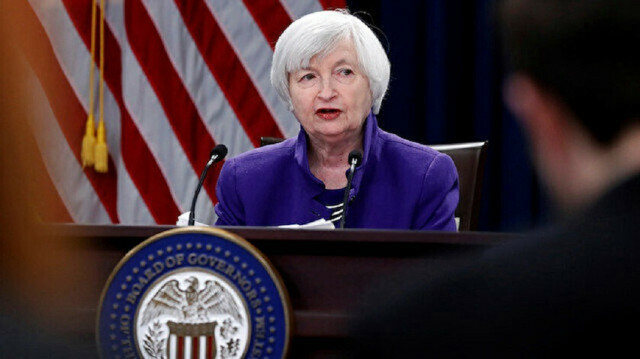
:quality(70)/cloudfront-eu-central-1.images.arcpublishing.com/thenational/3UDTDENU6CZQRHXPAT5JTHVO7M.jpg)
:quality(70)/cloudfront-eu-central-1.images.arcpublishing.com/thenational/N4I2ASOXRT3M7J72O73SB3GDKI.jpg)
